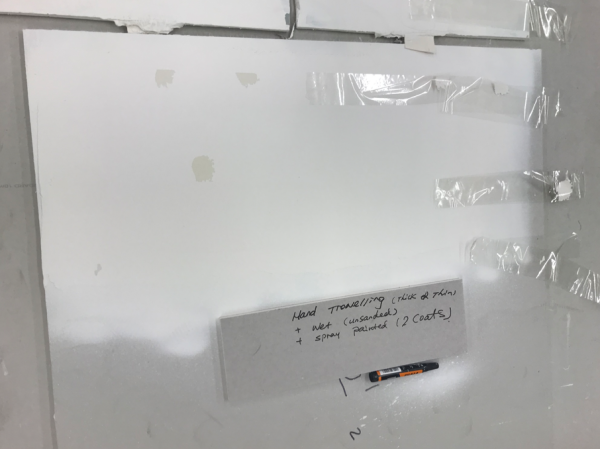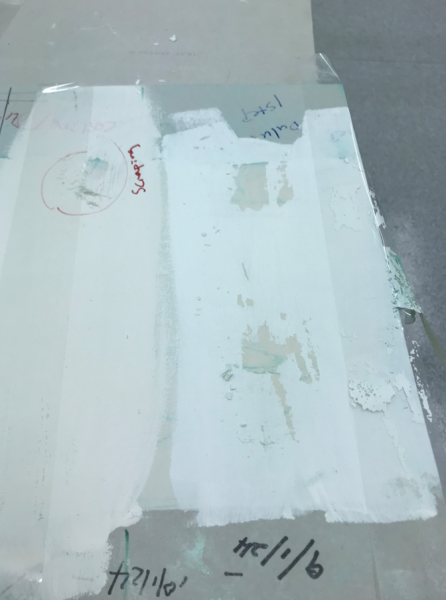Articles | Talking Trade
Wondering why you can’t achieve a satisfying paint finish?
Tuesday, 23 April 2024
By Zoe Xie
Has there ever been a time you didn’t achieve the paint finish you were after? One of our most frequent customer queries at our contact centre relates to the cracking and peeling of paint and why paint isn’t sticking to the substrate.
We have replicated a series of tests to understand the properties of paint adhesion, as well as what may happen during the painting process to impact the finish, so you can be armed with the right information on what to do and what to avoid when painting plasterboard.
Entrapped moisture
In our GIB® Site Guide, we recommend a three-coat jointing system, which ideally includes a setting compound in the first and second coats and an air-drying compound for the topcoat.
To achieve a nice and flat plasterboard surface, all coats of jointing compound need to be adequately dried. If a coat of jointing compound is not entirely dried prior to the next coat compound application or painting, it could entrap some moisture as the compound continues to release moisture as it dries.
This may lead to delayed shrinkage that will give a detectable uneven wall, especially with critical or glancing lights or a poor paint adhesion, which could affect the final finish, particularly if you are using masking tape.

Figure 1. shows how entrapped moisture effects (not dried compound prior to painting) on paint finish.
Surface preparation prior to applying next coat of jointing compound or painting
It is essential to remove any dust or loose material on plasterboard or jointing compound surfaces before applying the next coat of jointing compound or paint.
Dust and loose material on surfaces may cause the jointing compound to roll or peel or lead the paint to not stick to the substrate.
Figure 2 displays the compound rolling/peeling/not sticking to the under coat due to the presence of dust/loose material.

Figure 3 demonstrates how the dust could disrupt the paint adhesion property.
Paint application techniques
Everyone has their own preference when painting such as a roller, spray gun or brush.
The paint itself might need to be diluted so it is fit for purpose, especially when a spray gun is used. Back rolling is recommended after spray painting as the force of back rolling aids paint adhesion.
Figure 4 compares the paint finishes on a dusty surface either using a brush or by a spray gun without back rolling. It is clear to see that paint adhesion is much better with a brush than when a spray gun is used without back rolling.
Type or brand of paint
Based on our testing, the type of paint used also plays a big role in paint finish and it is important to choose the right paint and paint system to achieve a good finish.
Here are some points to keep in mind to achieve a great paint finish:
- Make sure each coat of jointing compound is dried prior to applying the next coat of jointing compound or before painting to eliminate any entrapped moisture.
- Remove any dust or loose material from the substrate before applying the next coat of jointing compound or when painting.
- Carry out a back-rolling procedure if spray-painting.
- Choose the right type and an appropriate quality of paint to ensure a good finish.
Read next
Articles | Technical
When do restrictions apply to claddings covered by C/AS1?
Tuesday, 23 April 2024 By Richard Fuller